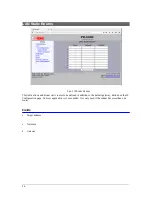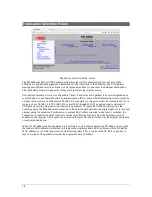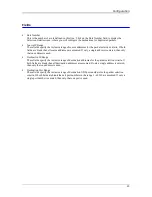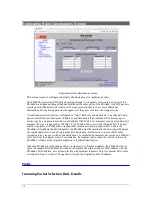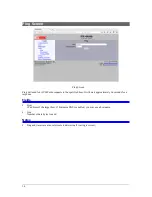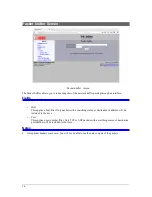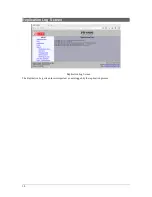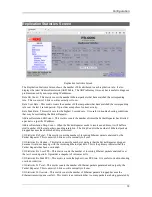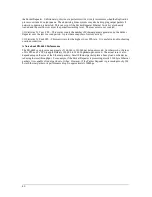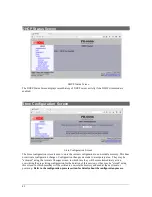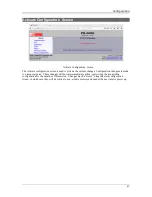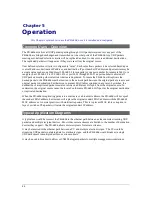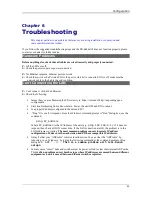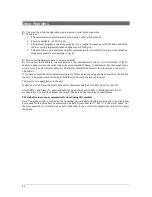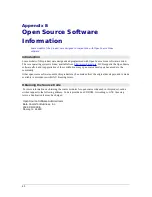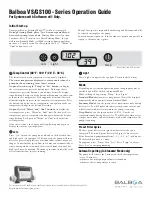
the Packet Repeater. Unfortunately, this is not a perfect metric as it only increments when the Replication
process overruns it's output queue. The underlying Linux system may also be dropping output packets if
network congestion is detected. This can occur if the Packet Repeater Ethernet Switch is also heavily
loaded and the overflow occurs at the packet forwarding level. These events are not counted.
I/O Statistics Tx 1-sec PPS – This metric counts the number of Ethernet packets generated by the Packet
Repeater over the last 1 second period. It provides a snapshot of current activity.
I/O Statistics Tx Peak PPS – This metric records the highest 1-sec PPS rate. It is useful in trouble-shooting
overload condition.
A Note about PR-6602 Performance
The PR-6602 can process an aggregate of 100,000 to 120,000 packets-per-second. In other words, the sum
of Rx PPS and Tx PPS is approximately 100,000 to 120,000 packets-per-second. The actual rate is also
dependent upon the size of the Ethernet packets. Small Ethernet packets place a heavy load on the device,
reducing the total throughput. For example, if the Packet Repeater is processing mostly 1500 byte Ethernet
packets, it is capable of running close to 1Gbps. However, if the Packet Repeater is processing mostly 100
bytes Ethernet packets, its performance drops to approximately 30Mbps.
40

